15 Aug 2019
RAeS MEng Final Year Aircraft Design Projects Short Lecture Series
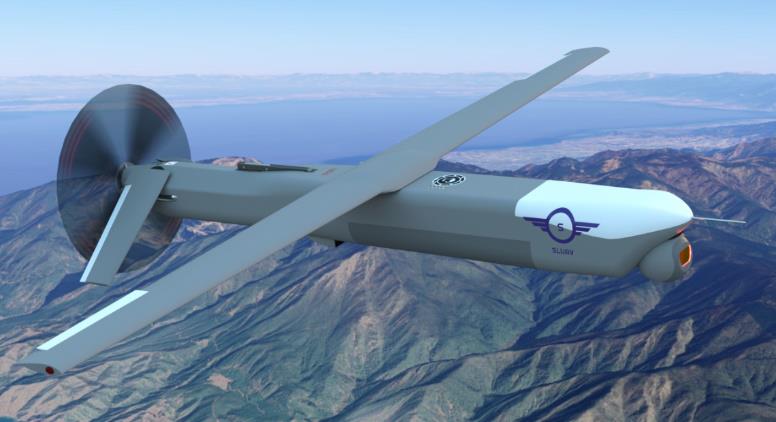
On 11th June, the Aeronautical and Automotive Engineering Department at Loughborough University held its annual Royal Aeronautical Society (RAeS) MEng Final Year Aircraft Design Projects Short Lecture Series.
The Loughborough Branch of RAeS was formed in the early 1960s by staff from what is now the Aeronautical and Automotive Engineering Department of Loughborough University.
The event was led by academic staff member Dr James Knowles, Lecturer and supported by; Dr Christopher Harvey, Senior Lecturer and Programme Director for Aeronautical Engineering; Professor Gary Page, Associate Dean for Research for the School of AACME (Aeronautical, Automotive, chemical and Materials Engineering); Dr Gang Zhou, Senior Lecturer; and; Mr John Newton, University Teacher. The event was also attended and supported by Professor Rachel Thomson, Pro Vice-Chancellor for Teaching.
Posters and models were displayed by our current finalist students for RAeS members, friends, staff and students and the student teams conducted presentations for the visitors in respect of their designs and models.
Submarine Launched Unmanned Aerial Vehicle (top image)
Launching from the torpedo tube of a submerged UK/US submarine, SLUAV is the first of its kind. The system can penetrate up to 100km into coastal regions to support submarine staged Special Forces missions. SLUAV provides battlefield intelligence and communications link capabilities to troops on the ground and commanders at home, boosting troop safety and mission success rates. A modular design allows the already state-of the art on board systems to be configurable and ultimately replaced with upgraded technology. Multiple recovery mechanisms ensure that SLUAV can meet the needs of the most dynamic and demanding missions.
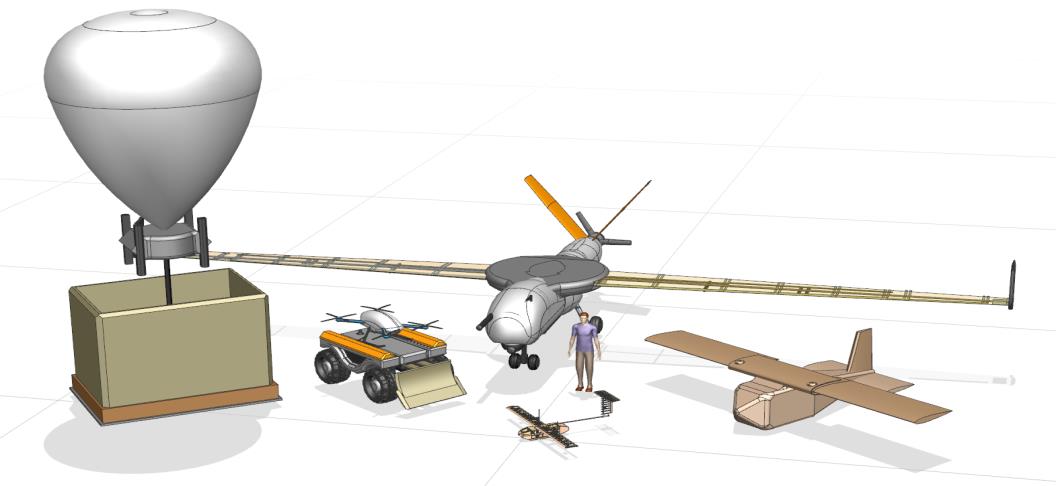
Airborne Disaster Relief System (left)
Natural disasters occur at unpredictable intervals across the globe. Despite increasing technologies, humanitarian disaster relief continues to be challenging due to a lack of intelligence reporting, precision aid delivery capabilities, and local communications infrastructure. ADRS will represent the future lead element of a UK response to natural disaster, acting as a rapidly deployable capability to be held at Very High Readiness. It consists of a palletised, modular system comprising of five platforms, each of differing capabilities aiming to provide what current disaster relief efforts cannot: reliable intelligence reporting, communication links for survivors, and precision aid delivery.
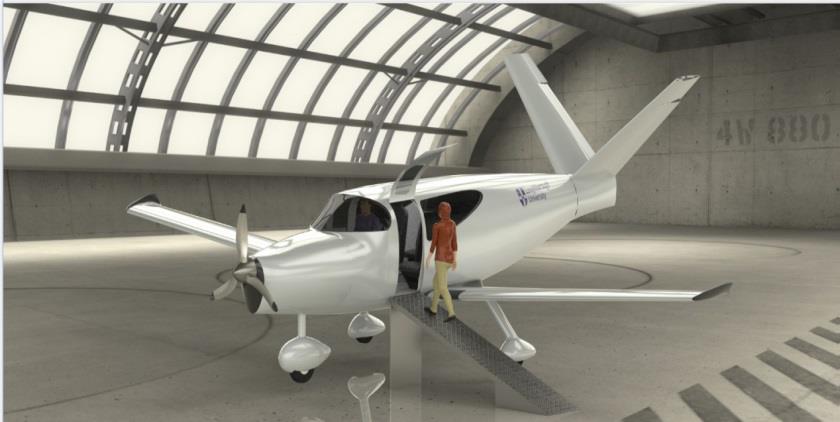
Project “SkyRide” – Air Taxi (right)
The Project SkyRide Hybrid Air Taxi, the S270, is a small aircraft designed to increase regional mobility and ease traffic congestion in US. The S270 can transport up to 4 passengers over a standard distance of 135 nm, with a total journey time of 65 minutes. Operating costs are minimised through the use of an innovative hybrid electric propulsion system, which provides fully electric take-off, climb and landing, minimising harmful carbon emissions and noise. Low noise reduces the risk of complaints from the public and hence increases likeliness of commercial success. The S270 also benefits from a spacious cabin, designed to enhance passenger experience.
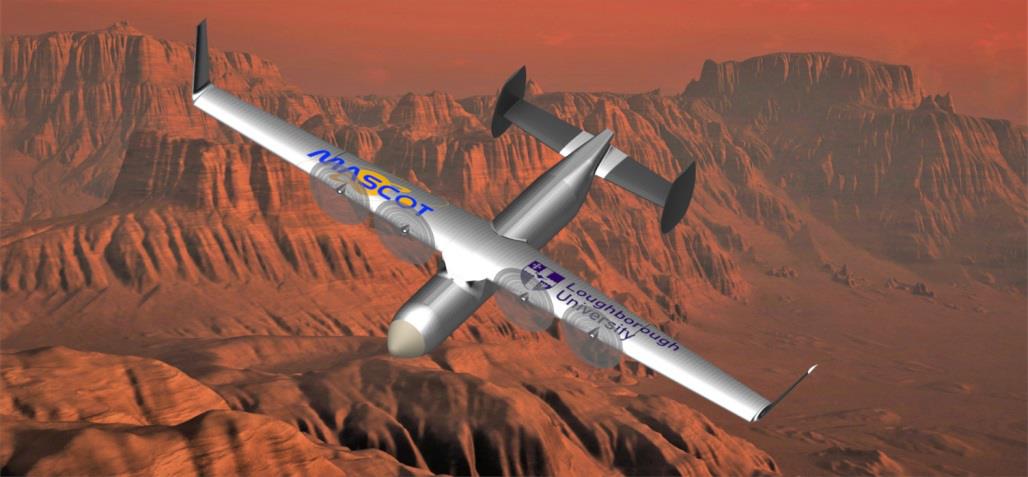
“MASCOT” Titan Aerobot (left)
MASCOT is a project that has designed an Orbiter, UAV and Atmospheric Entry Vehicle (AEV) to explore Titan. MASCOT’s objectives are to analyse the atmospheric composition and piece together a detailed 3D map of the surface to enhance the scientific findings already found from past flybys and missions to Titan. The design of the UAV makes use of a high aspect ratio configuration with a wing span of 7.5m to utilise Titan’s high density and low gravity atmosphere. An expected lifetime of 5 years and capability to map 5.5% of Titan’s surface, MASCOT could provide insight into whether extra-terrestrial life could exist on Titan.
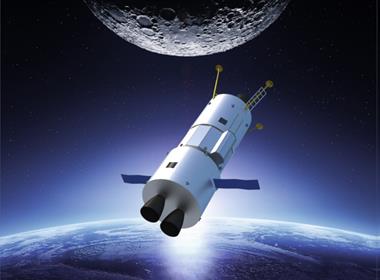
Reuseable Lunar Surface Access Vehicle (right)
The LSAV is a reusable lunar lander concept, designed to meet NASA’s requirements for a vehicle to travel between an orbiting lunar space station and the lunar surface autonomously. The vehicle operates in separate cargo or crew modes, carrying a 15-tonne payload down and 10 tonnes back, or supporting a crew of 4 for up to 8 days. The vehicle is a two-stage modular design, consisting of a ‘booster’ stage to transfer from a halo orbit to a low lunar orbit, with the lander stage then completing the journey to the surface.
It was clear that the students had worked incredibly hard on their designs and models and these will be on display, along with the teams’ posters in the Penrose Atrium in Stewart Miller Building on the Loughborough University campus over the coming months for visitors and staff to view.
